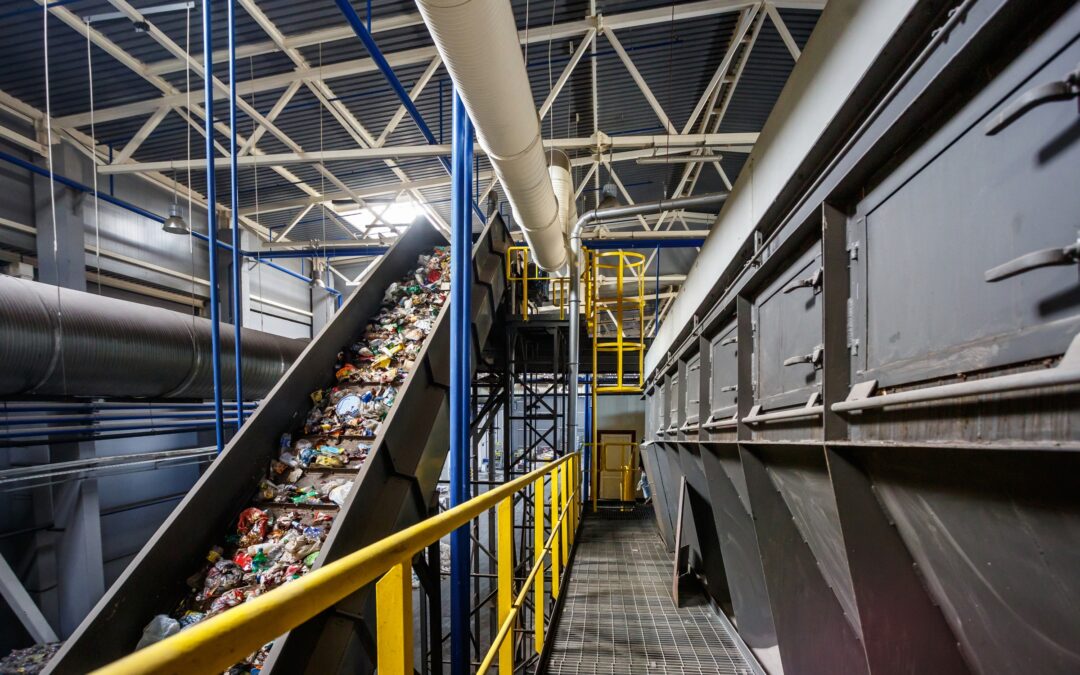Conveyor belts are integral for transporting materials and products efficiently and effectively. However, they can pose significant safety hazards if proper precautions are not taken. Workers must follow safety procedures for conveyor belt safety to prevent accidents and injuries.
Discussion Points:
- Potential hazards related to conveyor belts.
- Use of appropriate personal protective equipment.
- Following safety procedures to prevent accidents and injuries.
- Know who is authorized to repair or maintain the conveyor system.
Discussion:
A common danger associated with conveyor belts is the risk of becoming trapped in the machinery. To mitigate this risk, employees receive training to identify potential hazards, follow safe operating procedures, conduct inspections, adhere to proper guarding protocols, and utilize emergency stops before operating the conveyor belt.
When working near or with conveyor belts, it is essential to wear appropriate personal protective equipment (PPE). This includes a hard hat, steel-toe boots, safety goggles, and gloves to safeguard against potential hazards.
All employees must follow safety procedures when working around conveyor belts. Please follow these guidelines:
- Only authorized and trained personnel are permitted to operate or maintain conveyor systems.
- Avoid wearing loose-fitting clothes and jewelry, and ensure that long hair is tied back.
- Install emergency stop controls that are easily accessible along the conveyor line.
- Before operating the conveyor, inspect the controls to verify that all functions are working correctly.
- Always follow lockout and tagout procedures before conducting maintenance. Never perform maintenance or repairs while the conveyor is in motion.
- Never alter, bypass, or remove guards.
- Implement audible and visual warning systems to signal when the conveyor is starting up. If the alarm is not functioning, report it to your supervisor immediately.
- Ensure that you have a clear line of sight to the conveyor system while operating the controls.
- Maintain sufficient clearance between moving parts and other objects to prevent collisions.
- Do not step, climb, sit, or ride on a conveyor belt.
- Never crawl under a moving conveyor belt.
- Conveyors should only be used to transport the materials for which they are designed.
- Do not overload a conveyor beyond its specified limits.
- Keep the area surrounding the conveyors clean and free of debris.
- Always report any unsafe conditions, hazards, or unsafe practices to your supervisor.
By implementing these safety measures, workplaces can significantly reduce the risk of conveyor belt-related injuries and promote a safer working environment.
As always, stay safe out there!


Recent Comments